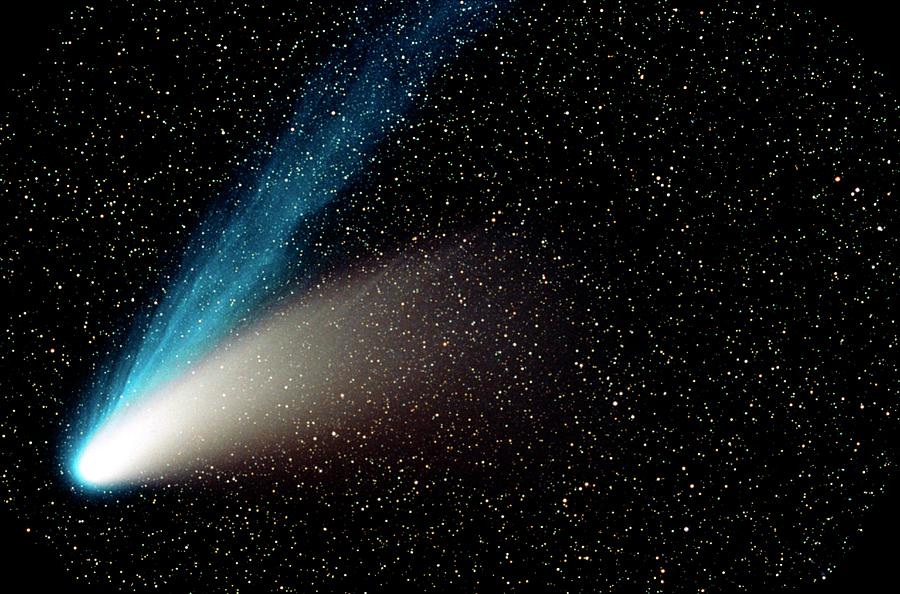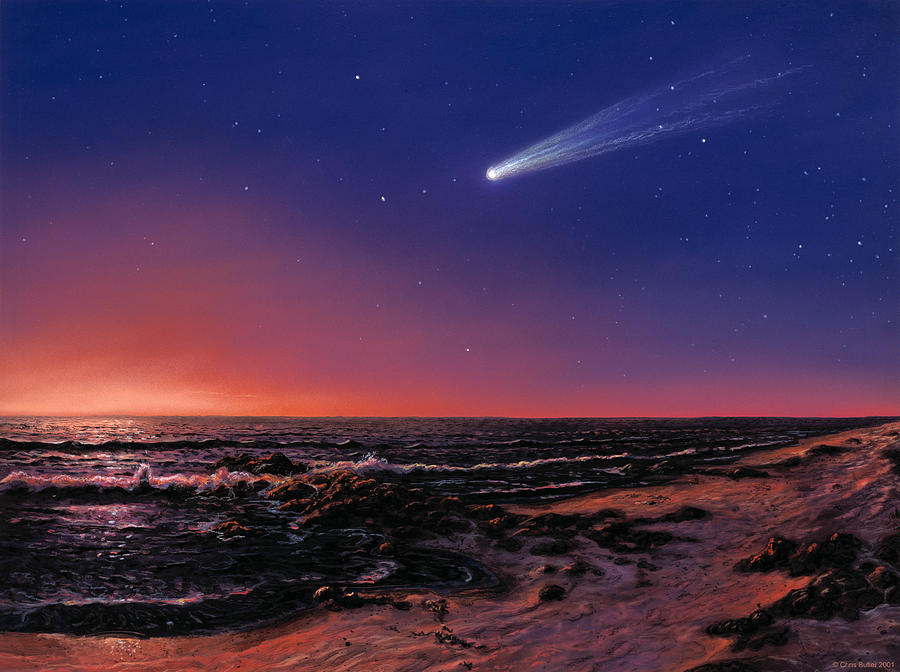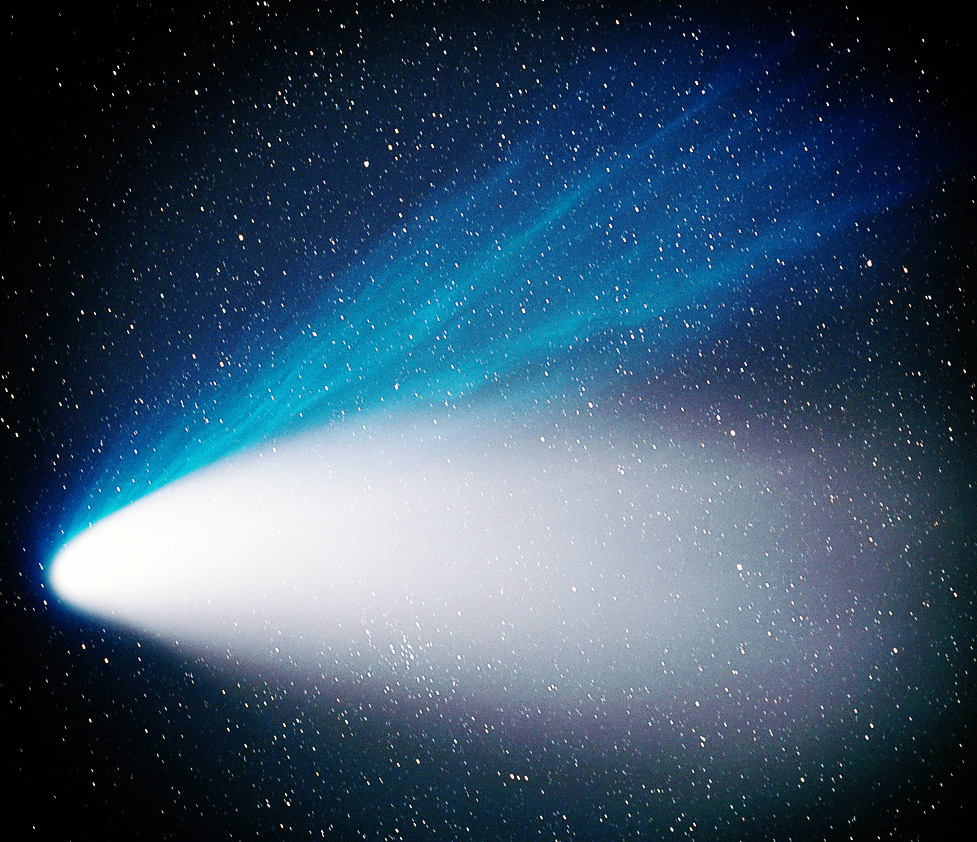

It reached an apparent magnitude of −1.8. The comet Hale-Bopp grew very bright during its perihelion on April 1, 1997.It is estimated to have a diameter of about 60 kilometers (37 miles). In fact, it has the second-largest cometary nucleus known. Using the Hubble Space Telescope, NASA found out that Hale-Bopp Comet has a huge nucleus.It upstaged the 1986 visit of the famous Halley’s Comet. The Hale-Bopp Comet was visible to the naked eye for more than a year during its 1997 perihelion.New discoveries about the nature of comets and of our solar system will undoubtedly result from the analysis of this data and that collected during the spectacular transit of Hale-Bopp through our skies.Let’s start off with some interesting Hale-Bopp comet facts, one of the most imagination grabbing objects seen in the sky with the naked eye in the 20th century! Using radio observations, scientists discovered eight molecules that had never before been seen in a comet, including sulfur monoxide, and other unique organic molecules and isotopes.Īs the comet hurtles toward the outer solar system, astronomers continue to observe it, studying the differences in gas emission patterns, monitoring the evolution of the cooling nucleus, as well as the shrinking tail. By studying the chemistry of the comet with techniques such as spectroscopy, astronomers hope to better understand the conditions under which the Sun and planets formed. A study of hydrogen cyanide molecules ejected by Hale-Bopp provided astronomers with evidence linking icy nuclei of comets to the ices found in interstellar gas clouds, which are believed to condense into stars and planets. To obtain ultraviolet data that is normally blocked by the earth's atmosphere, for example, NASA sent three instrument packages up on suborbital rockets to gather data in five-minute intervals.Īstronomers assert that comets were formed of the debris left behind during the early stages of the formation of the solar system. Soon after its discovery, scientists began to study the comet by the time it made its pass around the sun, plans for observation and data gathering were well in place. Though scientists do not fully understand the phenomenon, they believe that the tail was formed as sodium atoms released by the coma interacted with the solar wind and fluoresced.įrom a scientific point of view, comet Hale-Bopp generated a tremendous amount of data and insight in the astronomical and astrophysical community. Instead of observing the expected small halo of light around the nucleus of Hale-Bopp, however, the group discovered a tail 372,000 mi (600,000 km) wide and stretching out 31 million mi (50 million km) behind the comet.

In most comets, sodium emission is observed only around the nucleus.

Hale-Bopp, however, boasted a third tail consisting of electrically neutral sodium atoms.Īstronomers from the Isaac Newton Telescope on La Palma, Italy, observed the tail while imaging the comet using a special filter that rejected all wavelengths of light but that emitted by sodium atoms. The other, a stream of ionized gas stripped off by the solar wind, faces away from the sun. One, a streak of dust and debris emitted by the nucleus, trails behind the comet. As the comet streaked through the sky at about 98,000 MPH (157,789 km/h) at perihelion, the nucleus was rotating with a period of about 11.34 hours. During its recent visit, it passed within 122 million mi (196 million km) of Earth and a mere 85 million mi (137 million km) from the Sun.īoasting a cometary nucleus approximately 25 mi (40.25 km) in diameter, Hale-Bopp was more than four times as large as Halley's comet later analysis showed that the primary nucleus may have a lesser companion of approximately half the size. Orbital analysis shows that the comet last passed through the inner solar system in 2213 B. At its peak, the comet was as bright as the most brilliant stars in the sky, with a tail that stretched 50-60 million mi (80–90 million km). Hale-Bopp was one of the most spectacular comets to appear this century, remaining visible to the naked eye for more than 19 months.


 0 kommentar(er)
0 kommentar(er)
